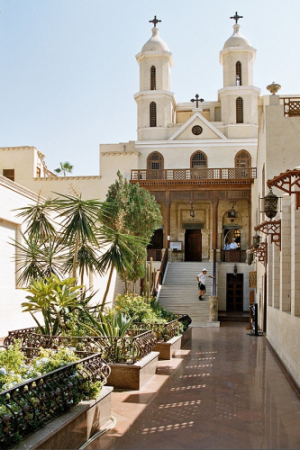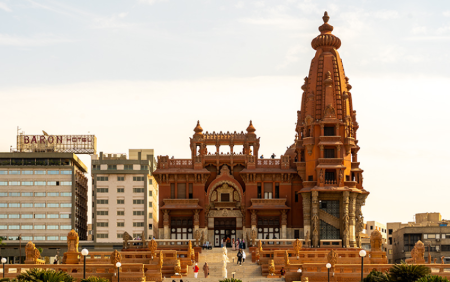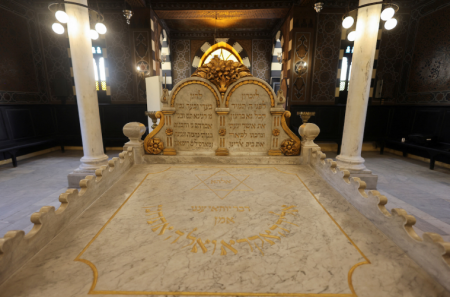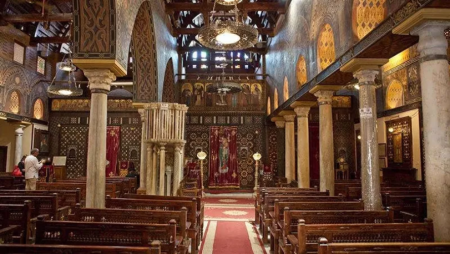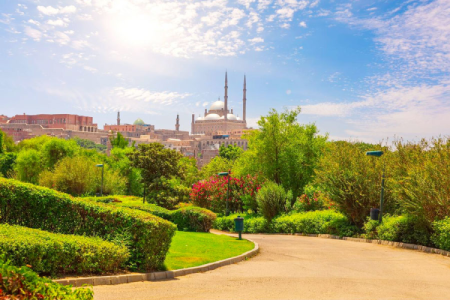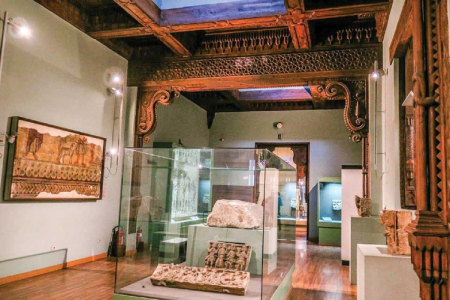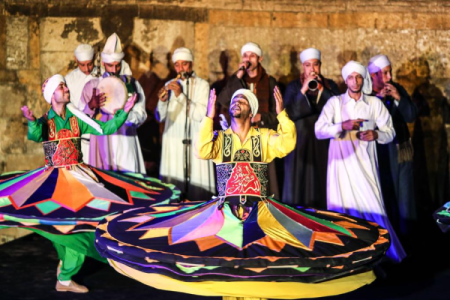al rifai mosque
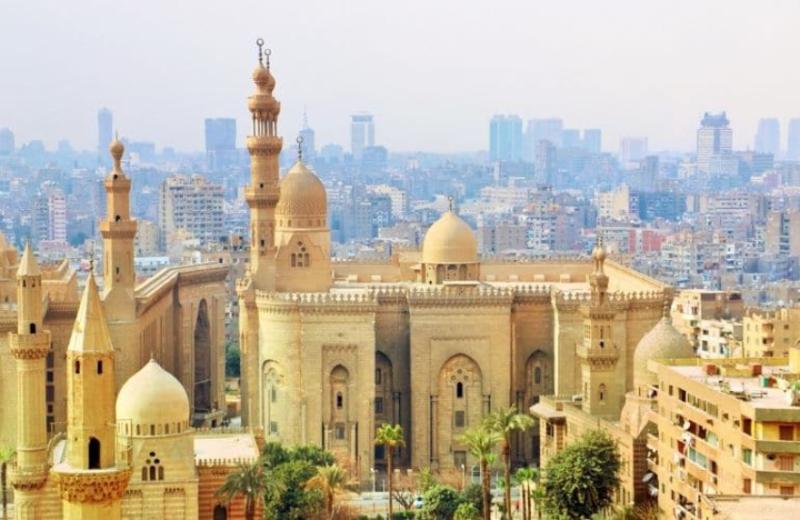
Al Rifai Mosque – The Timeless Majesty of Islamic Cairo’s Spiritual Legacy
In the heart of Cairo city, where history breathes through every stone and the echoes of empires whisper in the wind, stands the magnificent Al Rifai Mosque—a masterpiece of Islamic architecture and royal grandeur. This monumental structure, adjacent to the Sultan Hassan Mosque, embodies Egypt’s transformation during the late 19th and early 20th centuries. More than a place of worship, Al Rifai Mosque is a mausoleum of kings, a sanctuary of faith, and a symbol of Egypt’s deep connection with both the past and the modern world. It holds the remains of royal figures, including King Farouk, Egypt’s last monarch, and the Shah of Iran, Mohammad Reza Pahlavi, making it a site of immense historical and cultural resonance.
Built over nearly four decades, Al Rifai Mosque reflects a deliberate blend of Mamluk revivalism and Ottoman elegance—a statement of continuity between Egypt’s glorious medieval Islamic epoch and its modern aspirations. Step inside, and you’re immediately enveloped in an aura of serenity: intricate arabesques, marble mosaics, gilded calligraphy, and the scent of centuries-old devotion. For travelers drawn to Cairo Day Tours, this architectural marvel is a must-see gem that captures the essence of Islamic Cairo’s spiritual and artistic splendor.
Visiting Al Rifai Mosque isn’t just about admiring its aesthetic finesse; it’s about tracing Egypt’s story of modernization, faith, and power. The mosque’s monumental scale and meticulous design mirror the nation’s drive during the 19th century to assert its identity within a rapidly changing world. Today, it stands as a testament to Egypt’s enduring spirit—anchored in tradition, yet open to the future.
The Historical Genesis of Al Rifai Mosque
The origins of Al Rifai Mosque date back to 1869 when Khoshiar Hanim, the mother of Khedive Ismail, commissioned its construction. Her vision was to create a grand sanctuary beside the medieval Sultan Hassan Mosque, honoring Sheikh Ali al-Rifai, a revered Sufi saint, and providing a royal mausoleum for Egypt’s modern dynasty. The initial design was entrusted to the Hungarian architect Max Herz Pasha, who skillfully merged historical Mamluk aesthetics with modern construction techniques.
Construction progressed intermittently over 40 years due to Egypt’s financial and political fluctuations, finally reaching completion in 1912 under the supervision of Herz Pasha. The result was an awe-inspiring edifice that harmonized with its medieval counterpart while declaring Egypt’s renaissance under modern rulers. The mosque’s placement beside the older Sultan Hassan Mosque evokes a fascinating dialogue between past and present—a visual representation of Egypt’s layered identity.
Architectural Design and Symbolic Grandeur
Al Rifai Mosque’s architecture is a feast for the eyes and soul. Covering an area of over 6,500 square meters, it boasts a monumental façade adorned with carved stone panels and elaborate muqarnas (stalactite ornamentation). The towering minarets, crowned with finely detailed tops, dominate the Cairo skyline, symbolizing both faith and authority. The mosque’s massive bronze doors, decorated with floral motifs and Quranic inscriptions, open into a tranquil marble courtyard that exudes spiritual grace.
The interior blends ornamental detail and spiritual space. Polished alabaster columns, gilded domes, and colorful marble inlays create an atmosphere both regal and reverent. The mihrab (prayer niche) glimmers under the soft play of sunlight filtering through stained glass windows, while the vast prayer hall invites worshippers into introspection. Every inch of Al Rifai Mosque embodies a dialogue between devotion and artistry, revealing Egypt’s mastery of architectural storytelling—a quality shared by nearby landmarks like the Alabaster Mosque and Al Azhar Mosque.
The Royal Mausoleum: Resting Place of Egypt’s Kings
Beyond its religious function, Al Rifai Mosque serves as a royal necropolis for Egypt’s modern rulers. Inside lie the tombs of Khedive Ismail, his mother Khoshiar Hanim, King Fuad I, and King Farouk—the last reigning monarch of Egypt. Each tomb is adorned with opulent marble, intricate carvings, and Quranic verses, reflecting reverence and majesty. The mosque also shelters the remains of Iran’s last monarch, Mohammad Reza Pahlavi, who found his final rest here in exile after the 1979 Iranian Revolution—a poignant reminder of Egypt’s historical connections across the Islamic world.
This sacred resting place transforms the mosque into a living chronicle of Egypt’s 19th and 20th-century political saga, bridging dynastic power, faith, and diplomacy. Visitors often sense the solemn dignity that permeates these chambers—a quiet dialogue between the mortality of kings and the immortality of faith.
The Cultural and Religious Significance of Al Rifai Mosque
Al Rifai Mosque occupies a pivotal role within Islamic Cairo’s religious topography. It embodies Egypt’s Sufi heritage, royal legacy, and architectural innovation in one captivating structure. Dedicated to the followers of the Rifai Sufi order, the mosque continues to host religious gatherings and spiritual ceremonies that celebrate devotion through recitation, prayer, and remembrance of God.
Its proximity to the Citadel of Salah El-Din and the medieval complexes around it cements Al Rifai’s position as a focal point of Cairo’s spiritual geography. For visitors exploring Egypt Excursions, this site offers an unparalleled glimpse into the continuum of faith that defines Cairo’s skyline—from the Mamluk minarets to the modern domes of the 20th century.
Artistic Embellishments and Master Craftsmanship
What truly sets Al Rifai Mosque apart is the meticulous craftsmanship evident in every corner. The walls are adorned with marble panels of varied hues—green, red, and white—arranged in geometric harmony. The ceilings boast intricate wooden carvings coated with gold leaf, while the floors exhibit finely patterned mosaics that mirror traditional Islamic motifs. The fusion of Ottoman, Mamluk, and European influences results in a visual symphony that continues to captivate architects and historians alike.
Every element—be it the towering minbars or the latticed windows—serves both functional and symbolic purposes. The play of light and shadow transforms the mosque throughout the day, embodying spiritual enlightenment’s fleeting yet eternal nature. These details not only reinforce its architectural beauty but also make Al Rifai Mosque a magnet for photographers and cultural enthusiasts drawn to Egypt Luxury Tours.
Visiting Al Rifai Mosque: An Experience Beyond Time
For travelers immersed in the wonders of Egypt Travel Packages, visiting Al Rifai Mosque is a journey into the soul of Cairo’s Islamic heritage. Whether you’re a history enthusiast, architecture lover, or spiritual seeker, this mosque offers a setting where time seems suspended. The contrast between its polished marble interiors and the ancient stone of Sultan Hassan Mosque next door encapsulates Egypt’s eternal duality—old and new coexisting in perfect rhythm.
Guided tours often highlight the mosque’s architectural symmetries, the royal tombs, and the cultural significance of its Sufi heritage. Early mornings and late afternoons provide the best lighting for photography, especially when the golden rays dance across the marble columns. Combine your visit with nearby attractions like El Moez Street or the Egyptian Museum of Cairo to deepen your understanding of Cairo’s profound cultural mosaic.
Al Rifai Mosque and Its Place in Modern Egypt
Today, Al Rifai Mosque remains an emblem of Egypt’s resilience and reverence for its heritage. It continues to attract worshippers and tourists alike, serving as both a living mosque and a national monument. The building stands not merely as stone and mortar but as a poetic expression of Egypt’s enduring relationship with spirituality, power, and identity. Its restoration efforts, overseen by the Ministry of Antiquities, ensure that future generations will continue to experience its splendor and serenity.
In a rapidly modernizing Cairo, where skyscrapers rise beside ancient minarets, Al Rifai Mosque reminds visitors of the city’s timeless ability to balance tradition with transformation. It encapsulates the very essence of Egypt—a land where history never sleeps but continues to inspire the present.
Frequently Asked Questions About Al Rifai Mosque
Where is Al Rifai Mosque located?
Al Rifai Mosque is situated in the historic district of Cairo, directly opposite the Sultan Hassan Mosque and near the Citadel of Salah El-Din. Its central location makes it easily accessible from most parts of the city, making it a highlight of Islamic Cairo.
Who is buried in Al Rifai Mosque?
The mosque serves as a royal mausoleum housing the tombs of Khedive Ismail, King Fuad I, King Farouk, and Khoshiar Hanim, as well as Mohammad Reza Pahlavi, the Shah of Iran. These tombs are elaborately decorated, reflecting the royal status of those interred within.
When was Al Rifai Mosque built?
Construction began in 1869 under Khoshiar Hanim’s patronage and was completed in 1912. The prolonged building period spanned multiple reigns and political shifts, influencing the mosque’s unique blend of architectural styles.
What architectural style defines Al Rifai Mosque?
Al Rifai Mosque embodies a revivalist Mamluk style infused with Ottoman and European influences. Its massive façade, intricate muqarnas, marble interiors, and richly adorned domes make it a prime example of 19th-century Islamic revival architecture.
Can tourists visit Al Rifai Mosque?
Yes, Al Rifai Mosque welcomes tourists of all backgrounds. Modest attire and respect for prayer times are essential. The site is open daily, offering visitors a serene yet majestic experience that complements any Egypt Vacation Package.




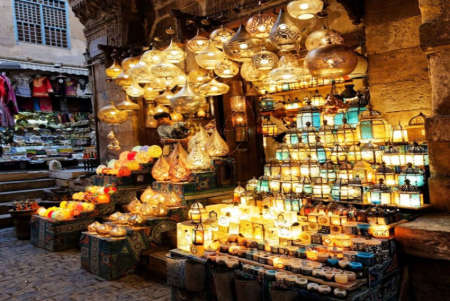
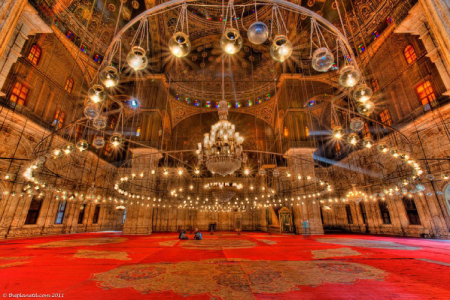


.png)


